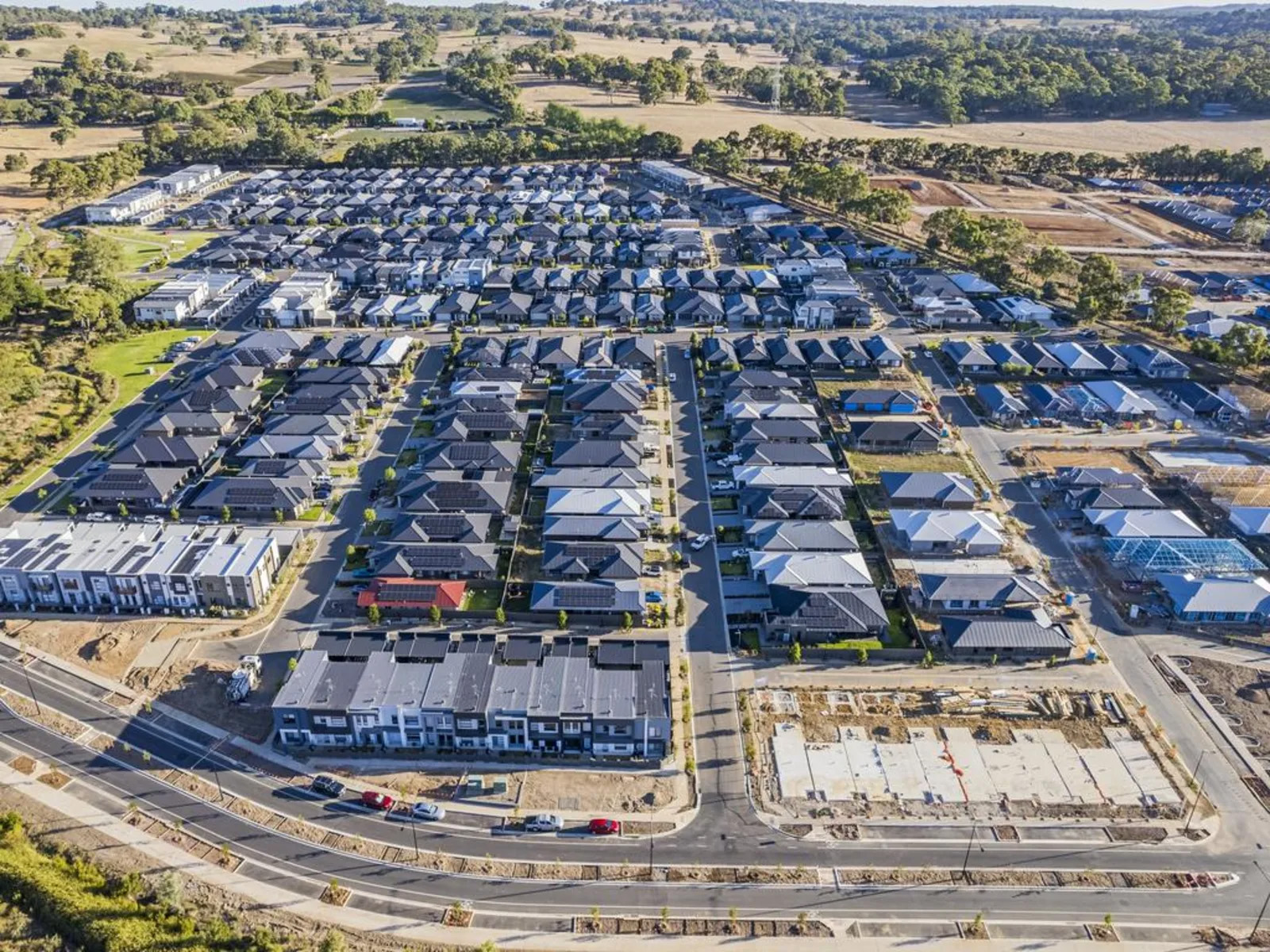
The Hidden Finance Delays Killing Housing Dreams
The Hidden Finance Delays Killing Housing Dreams
Australia promises hundreds of thousands of new homes while traditional banking promises months of delays.
The numbers reveal a fundamental mismatch. NSW targets 170,000 transit-oriented homes over 15 years. The ACT aims for 26,000 homes by 2030. Victoria pushes ambitious density targets across metropolitan Melbourne.
Government planning timelines accelerate. Banking processing timelines remain static.
I've been tracking this disconnect across multiple markets, and the pattern becomes clear when you examine execution reality. Government land releases follow political schedules. Development financing follows banking schedules.
These schedules don't align. The Reserve Bank of Australia notes that commercial property lending standards have tightened significantly, with banks taking longer to process applications amid increased scrutiny.
The Scale Challenge
Australia's housing shortage demands unprecedented development velocity. NSW's Transport Oriented Development programme represents the most ambitious residential initiative in the country's history. Beyond transit-oriented projects, missing middle housing reforms will unlock additional capacity across suburban corridors.
Government streamlined approvals processes deliver results. Pattern Book designs receive approval in 10 days through complying development pathways. Applications to build jumped 28% compared to last year.
Traditional banking timelines haven't changed.
Major banks still require 2-3 months for commercial real estate financing approval. Private lending models compress this to 3-6 weeks, but even accelerated timelines create bottlenecks when multiple developers compete simultaneously for prime development sites.
The competitive dynamics intensify the problem. When government releases development-ready land around transport hubs, multiple developers submit competing bids. Success depends on financing certainty, not just financial capacity.
The developer with pre-approved funding wins the bid.
Global Financing Reality
This challenge extends far beyond Australian borders. Significant net shares of banks reported tightening standards for commercial real estate loans during Q2 2024, reflecting the most restrictive lending environment in years.
The numbers tell the story. $929 billion in loans mature in 2024, followed by an additional $1 trillion anticipated between 2025 and 2026.
Nearly $2 trillion of commercial real estate debt matures before 2027.
This creates unprecedented refinancing pressure across global markets. Traditional banking infrastructure struggles to process this volume efficiently. The sequential processing approach that worked for smaller deal flows breaks down under massive simultaneous demand.
Banks process applications one by one. Market opportunities don't wait for sequential processing.
The Infrastructure Gap
I see this mismatch playing out in real time across development projects. Government housing programmes succeed when private developers can execute efficiently with financing certainty. The National Housing Accord acknowledges this challenge, with the federal government working with states to streamline development processes. Speed of financing approval determines project viability more than guarantee availability.
Australia recognises the challenge. NSW introduced a $1 billion Pre-Sale Finance Guarantee programme to address financing bottlenecks. The programme guarantees residential pre-sales through a revolving fund, with each project receiving between $5 million and $50 million in guarantees.
But guarantees don't solve processing speed problems.
The fundamental issue remains timing. Multiple developers pursuing simultaneous projects create financing bottlenecks that traditional banking infrastructure cannot handle efficiently. The scale and timeline demands require financing infrastructure that processes applications in weeks, not months.
Digital financing platforms emerge as the solution architecture.
Technology Meets Market Reality
Global digital commercial real estate financing marketplaces offer standardised due diligence processes across multiple lenders simultaneously. These platforms connect borrowers with global financier networks directly, eliminating traditional banking intermediaries and their associated delays.
The technology advantage becomes measurable. Verified client databases eliminate repetitive documentation requirements. Automated compliance checking accelerates approval timelines. Global financier access increases competitive options and pricing flexibility.
Austrade recognises the growing importance of fintech solutions in addressing Australia's property market challenges, with digital financing platforms emerging as critical infrastructure for meeting housing targets.
Market sentiment supports this shift. 68% of respondents expect financing to be less expensive and 69% say financing will be easier to obtain, indicating potential market recovery through alternative channels.
The efficiency gains compress approval timelines from months to weeks.
For developers pursuing Australian housing opportunities, financing certainty determines competitive advantage. Traditional banking relationships provide stability. Digital financing platforms provide speed.
The market increasingly rewards speed over stability.
Execution Reality
Australia's housing targets depend on financing solutions that match government ambition with private sector execution speed. Current results show promise across multiple states. NSW leads the nation in multi-dwelling approvals, with almost three-quarters of new construction being medium and high-density developments.
But these numbers represent early adoption phase results. The real test comes when multiple large-scale developments compete simultaneously for financing across the same compressed timelines that government programmes demand.
Treasury's Housing Supply and Affordability Reform Plan identifies financing bottlenecks as a key barrier to achieving the 1.2 million homes target by 2029.
Government planning provides the framework. Digital financing platforms provide the execution speed.
The question becomes whether financing infrastructure can evolve quickly enough to support government housing ambitions at the required scale and velocity. Traditional banking suggests the answer remains problematic. Digital financing platforms suggest the answer becomes achievable.
The global commercial real estate financing marketplace model offers verified, full due-diligence processes for large KYC'd clients worldwide. This creates the win-win scenario that both government programmes and private developers require.
Property owners choose, negotiate and manage global commercial real estate loans with complete certainty in digital speed. Global financiers access verified, full due-diligence information for established clients across international markets.
The Path Forward
Australia's housing boom will reveal whether financing infrastructure can match government ambition with market execution reality. The gap between political timelines and banking timelines creates the bottleneck that digital solutions must address.
In commercial real estate, financing remains a big deal. Lending and borrowing shouldn't be.
The technology exists to standardise, globalise and simplify the entire loan management process. The market demand exists across multiple government housing programmes. The global financier networks exist to provide competitive capital access.
The question becomes execution speed at scale.
Traditional banking infrastructure processes deals sequentially. Digital financing marketplaces process deals simultaneously across global networks. When government housing programmes create massive simultaneous demand, the infrastructure that handles parallel processing wins.
AHURI research confirms Australia's housing crisis requires both government planning and private sector financing infrastructure that delivers at scale. One without the other produces impressive announcements but limited results.
The housing boom hits banking bottleneck reality. Digital financing platforms offer the bridge between government speed and market execution.

